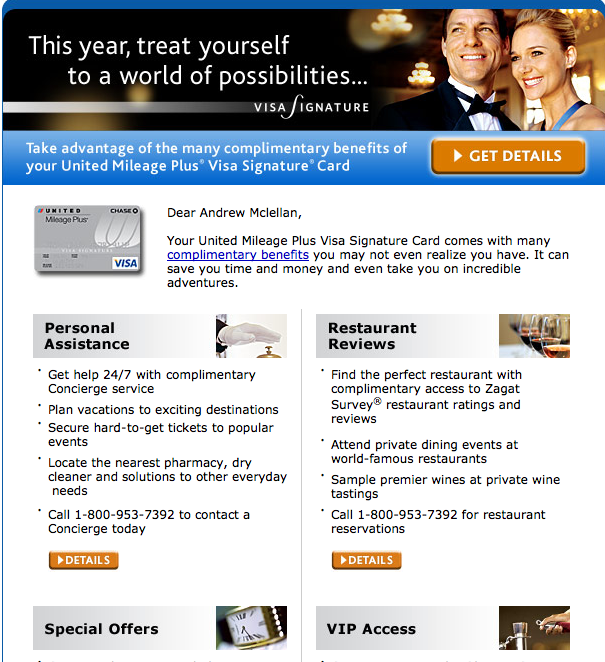How sharp is your pricing strategy?
April 21, 2008
 We’ve talked many times about pricing strategy but here’ s a little twist.
We’ve talked many times about pricing strategy but here’ s a little twist.
What does your pricing strategy say about your brand? Are you like everyone else…$9.99 instead of $10? Or register for our webinar by May 25th and get $200 off!
How about the early bird discounts at conferences?
Lots of sameness. Not right or wrong. Just the same as everyone else. How could you modify your pricing to reflect one of your brand’s values?
Walmart is by far the world’s largest retailer, with the promise of the lowest possible prices. Their current tagline is "Save money. Live better."
Walmart promises that they’ll sell us stuff as cheap as they possibly can. And they demonstrate that by not using the $9.99 standard price point but instead we’ll find items marked $9.83 or $19.67. Those pinpoint prices speak volumes. Without saying a word, Walmart is reminding us of their brand.
They’re using price as a tangible demonstration of the company’s commitment to their brand promise.
Pricing is one of the many tools of brand design and management. Your strategy should be as much about your brand as it is about your costs of goods or any other operational consideration.
How do you using your pricing strategy to reinforce your brand promise?
More







